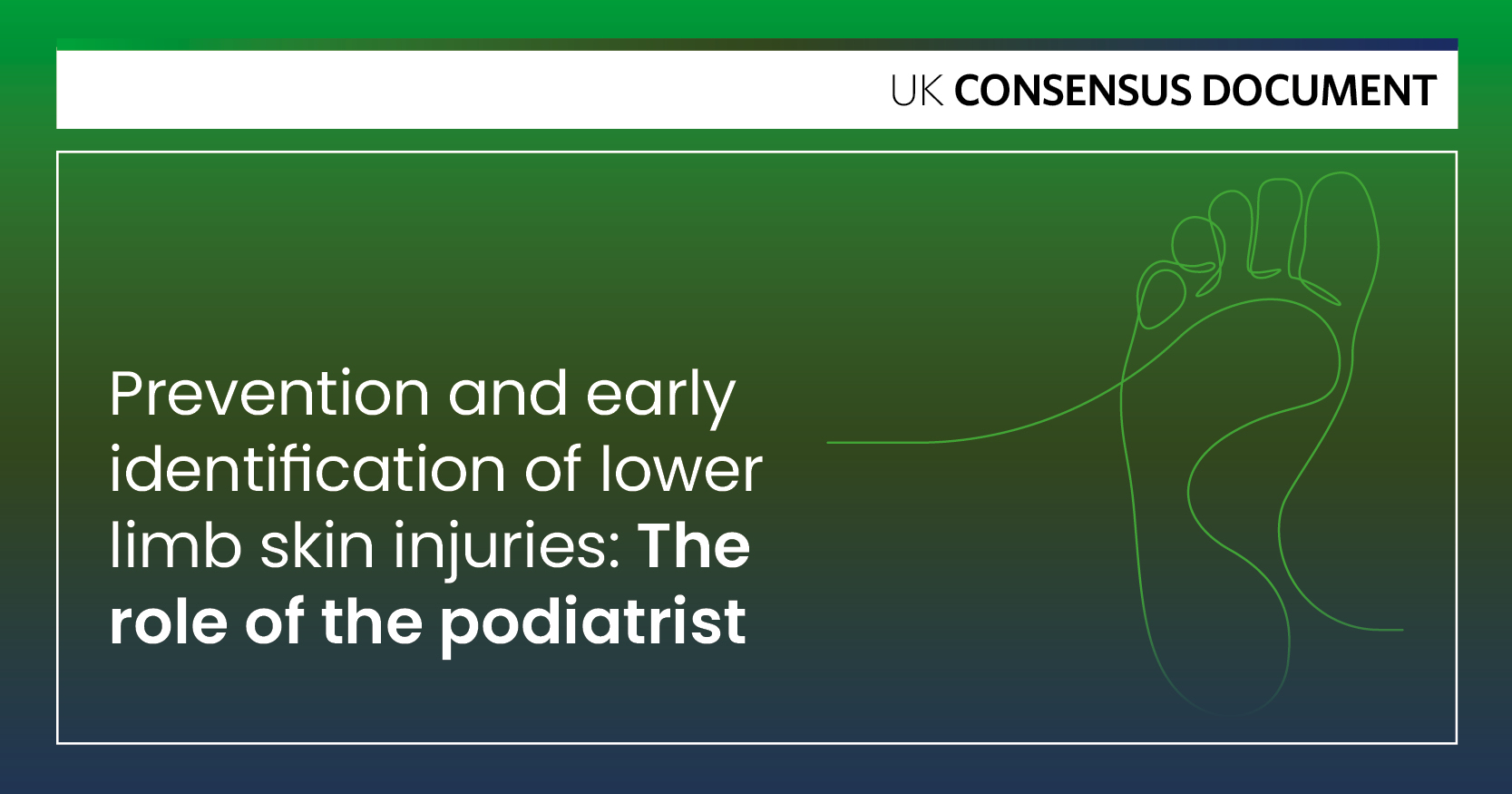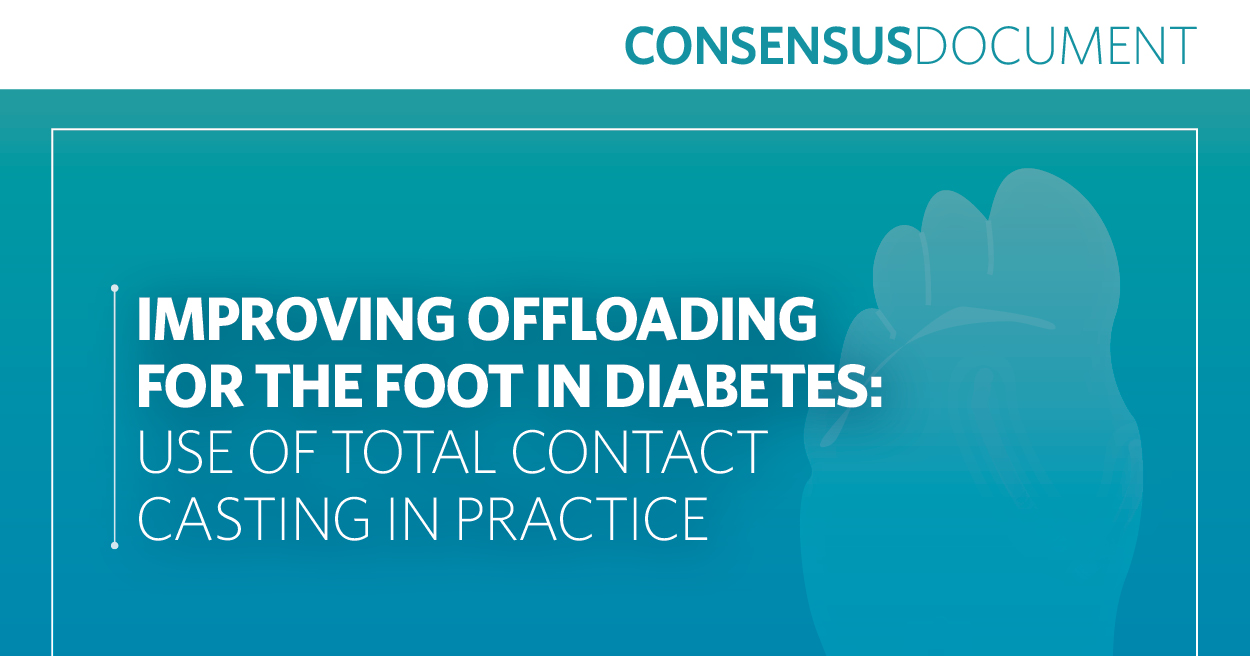It is widely agreed that diabetic foot ulcers require careful monitoring during healing, and that the monitoring of wound area is an important element of wound treatment evaluation (Sheehan et al, 2003; Cardinal et al, 2008; Lavery et al, 2008; Coerper et al, 2009). While the monitoring of wounds is straightforward in the inpatient setting, the majority of chronic diabetic foot ulcers are managed in the community setting where regular assessment is more difficult to coordinate. To reduce the risks and inconveniences associated with the management of diabetic foot ulcers in the community setting, innovative interventions need to be designed. In this vein, the authors developed a patient-operated, at-home wound imaging device. The device, a pilot trial, and a discussion of its potential applications are described here.
Digital wound imaging
A number of devices designed for wound imaging are available, but are not designed to be operated by patients (Plassmann and Jones, 1998; Körber et al, 2006; Ahn and Salcido, 2008; Romanelli et al, 2008). By contrast, the authors’ wound imaging device – the TeleDiaFoS patient module (Figure 1) – is designed for use by the patient, in his or her own home.
The design goals for the device were to:
- Improve outpatient safety by allowing remote wound assessment by the clinician.
- Produce a wound image of acceptable quality for the purposes of clinician assessment, but of a small enough digital file size to allow rapid data collection and transfer.
- Retrieve and transmit data from blood glucose and blood pressure meters for assessment.
- Be easy for patients to operate, unassisted, in their own home.
The module comprises a foot wound scanning window (tempered glass), a blood glucose meter (Accu-Chek; Roche, Germany) and a blood pressure monitor (3BU1-4PC; Microlife, Switzerland). The use of the wound scanning element is the focus of this article.
To use the module, the patient places it on the floor, switches it on, and disinfects the scanning window with a hospital-quality disinfectant before use. The patient then removes the dressing, applies an appropriate skin sanitiser spray to the foot and places the foot on the scanning window (Figure 1a). The patient initiates the scan using the hand-held, one touch remote control (Figure 1c). The module scans the foot in approximately 15 seconds.
The module’s internal modem (not reliant on a phone or internet connection within the patient’s home) automatically transmits the data either to the clinician’s server or to an email to addresses specified in advance. The clinician then views the image (Figure 2) and evaluates the wound’s appearance (as well as the patient’s glycaemia and blood pressure, if these functions are being used).
If the transmitted image is viewed through the TeleDiaFoS software, it quantifies wound area based on the area of a polygon traced on the wound edges (Figure 3). The software also calculates the change in wound area from previous images (i.e. over the course of treatment) and provides a graph of wound area over time.
The cost of the module is approximately US$2500, based on the manufacture of a handful of units for the feasibility assessment. However, were the production to run to of thousands of units, the authors predict the cost would drop to less than US$1000 per device.
Evidence for use
The module was tested on 10 people with type 2 diabetes, peripheral neuropathy and an active foot ulcer on one foot only (Foltynski et al, 2011a; 2011b). Participants were shown how to use the module at a clinic appointment or in their home and then asked to use the module at every self-dressing change over a 3-month period or until the wound healed. Each image was evaluated by four observers in order to confirm calculated wound area and area change over time.
All participants were able to operate the module. Seven images out of 386 (1.8%) were lost owing to interruption of internet connection, but were retrieved from the backup memory of the module. This pilot study confirmed the usefulness of the module and its acceptability to users.
Discussion
The use of telemonitoring in the management of chronic conditions has been identified as a promising health improvement tool; when used appropriately, telemonitoring is able to produce accurate and reliable data, empower patients, reduce costs, and improve outcomes (Paré et al, 2007).
The module described here is an example of a telemonitoring intervention with the potential to improve clinical and cost-effectiveness.
There are a number of applications for the module described here. Broadly, it can provide benefits to the clinician, patient and health service by:
- Decreasing the frequency of unnecessary clinic visits by outpatients.
- Decreasing the frequency of unnecessary home visits by clinicians to people being managed in the community.
- Rapid cessation of ineffective therapies.
- Rapid recognition of, and clinical intervention to address, deteriorating wounds.
- Providing rapid access to clinical opinions on wounds for people living in isolated regions and people with mobility issues (e.g. elderly, frail, obese or otherwise house-bound people, people in assisted living facilities).
Limitations
Accurately rendering a three-dimensional object into a two-dimensional image, as this system seeks to do, is a difficult process. Wound area has been shown to be subjective, with clinicians differing in their opinion on where wound margins should be drawn (Flanagan, 2003). For example callus, hyperkeratosis, dried exudate and ulcers that undermine or track through ostensibly healthy tissue can obscure the extent of wound area and depth.
The smaller the angle between the plane in which the wound is lying and the scanning plane, the larger is the area reproducible by the scanner. For this reason, although not limited to scanning the sole of the foot, the module is most successful for imaging plantar wounds (Foltynski et al, 2011b).
A randomised controlled trial is needed to fully assess the clinical and cost-effectiveness of the module.
Conclusion
Remote wound imaging devises, such as the TeleDiaFoS patient module described here, have the potential to provide clinical and cost-effective improvements in the community-based care of people with chronic diabetic foot ulcers. Such devices are promising applications that integrate communication and medical technologies and are worthy of larger-scale investigations.





